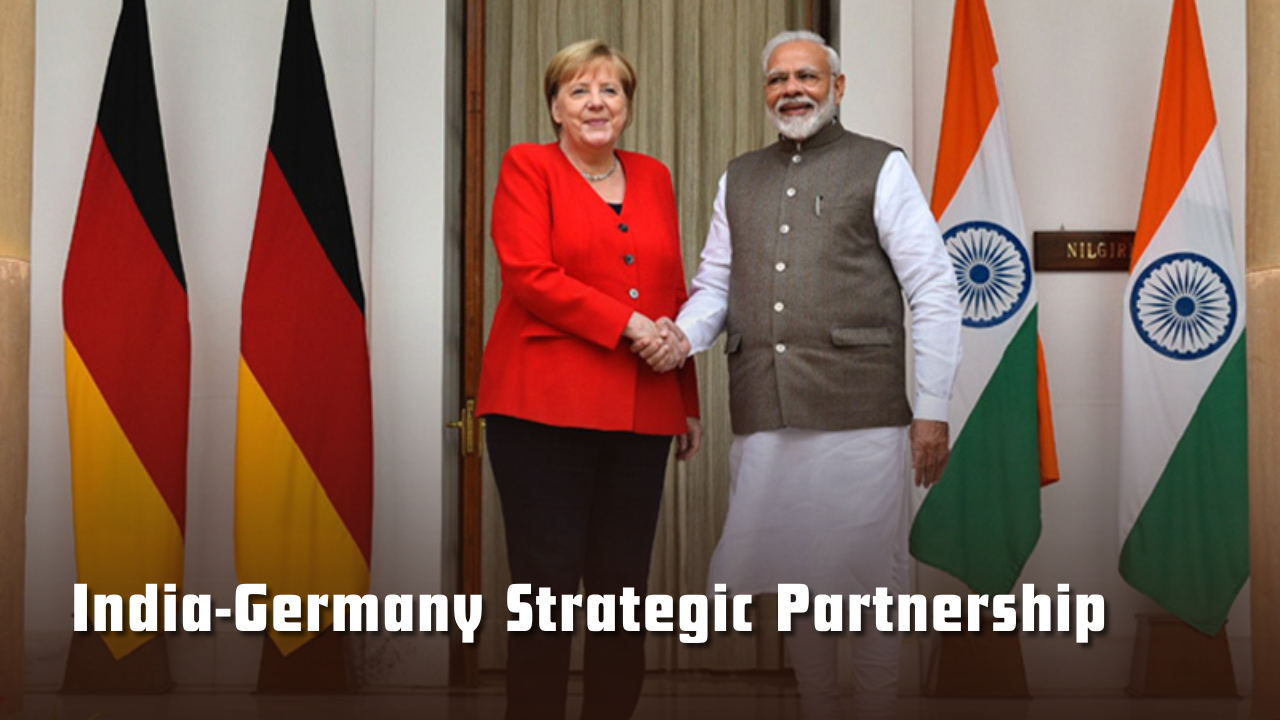Reset US- CHINA Relations
Context:
The US-China Science and Technology Agreement, signed 45 years ago to promote cooperation in technology and education, has lapsed amid rising US-China tensions and an election year
Recent strains in relations:
- US tariffs on imports from China, prohibitions on exports of advanced technologies to the country,and, most recently, the addition of 42 Chinese firms to a trade restriction list for supplying the Russian military.
Need for US- China Rapprochement:
- Several of the world’s most pressing economic problems can be solved only with contributions from both countries.
- A Joint US- CHINA collaboration is important to avoid the Kindleberger Trap concept given by American political scientist Joseph S. Nye.
The Kindleberger Trap refers to a situation where a global hegemon fails to provide leadership and stability, and no other country steps up to assume this role, leading to potential global instability due to global governance deficit.
- Economist Charles Kindleberger originally used the concept to explain the Great Depression, suggesting it was prolonged because Britain, the declining power, could no longer lead, and the U.S., as the rising power, was reluctant to take on that responsibility.
- In the modern context, this concept highlights the risks if the U.S. reduces its global leadership and China, as the emerging power, either cannot or will not provide the necessary global public goods like economic stability and security. This leadership vacuum could lead to disorder in the international system.
Areas of Rapprochement:
- AI Regulation Collaboration: The US and China need a joint agreement to regulate artificial intelligence to avoid a competitive “race to the bottom” in its development. The US-China Science and Technology Agreement could serve as a framework for setting standards.
As pointed out in the book When China attacks by Col.Newsham highlights the broader technological and military threats posed by China, including cyber warfare and China’s growing military capabilities. Newsham warns that China is actively preparing for conflict with the U.S., particularly over Taiwan, and he discusses how the U.S. is underestimating China’s technological advances, which could play a key role in future conflicts.
- Climate Crisis Cooperation: As the largest greenhouse gas emitters, both nations must cooperate on climate solutions. The Sunnylands Agreement shows potential for collaboration, especially in leveraging China’s green manufacturing.
- Green Technology Trade: China could enhance transparency in its subsidies for green products, potentially leading to the removal of US tariffs on solar panels, windmills, and electric vehicles, boosting trade.
- Economic Rebalancing and Tariffs: Increased Chinese domestic consumption could ease US concerns about trade imbalances, encouraging tariff reductions and revitalising the World Trade Organization.
- Debt Relief for Low-Income Countries: Both countries must cooperate to reduce the debt burdens of low-income nations and support their green transitions.
Such an idea of US- CHINA collaboration was floated by Barack Obama in the idea of G-2 countries. The G-2 concept proposed a geopolitical framework where the United States and China would lead global efforts, given their major influence on economic stability, climate change, and security. This idea aimed to address global challenges through cooperation between these two dominant economies, recognizing their central role in international affairs.
- Space Competition Regulation: The US and China need to agree on limiting unhealthy competition in outer space.
- Countering Narcotics Trafficking: Both nations have a mutual interest in combating the production and trafficking of fentanyl and other narcotics.
Proposed strategy of Rapprochement
- US and China can compartmentalise areas where the two countries have irreconcilable differences and those where they could actually cooperate, as the economist Fred Bergsten has suggested.
- US National Security Advisor Jake Sullivan’s trip to Beijing in August—the first by a national security advisor since 2016—created the possibility of a constructive dialogue between American President Joe Biden and Chinese President Xi Jinping.
- In the context of rapprochement of relation between the 2 countries former National Security Advisor and Secretary of State Henry Kissinger Diplomacy during the 70’s as highlighted in his book “ON CHINA “ can be an important guiding light
Henry Kissinger’s diplomacy with China had several key moments:
- Opening Diplomatic Channels (1971): Kissinger’s secret trip to China marked the first high-level U.S.-China contact since 1949. It created a strategic opening for improving relations and countering Soviet influence during the Cold War.
- Nixon’s Visit (1972): Following Kissinger’s groundwork, President Nixon’s historic visit to China led to the Shanghai Communiqué, a key document that outlined U.S.-China relations, including the “One China” policy, signalling the start of normalisation.
- Balancing Soviet Influence: Kissinger used China as part of a strategy to create triangular diplomacy between the U.S., China, and the USSR, reducing Cold War tensions and enhancing U.S. geopolitical positioning.
- Normalisation of Relations (1979): While Kissinger left office by 1979, his efforts were crucial in paving the way for President Carter’s formal normalisation of the U.S.-China relations.
- Kissinger’s Approach:As described in his book “ON CHINA”wasGrounded in realpolitik, Kissinger saw engaging China as crucial for global stability and long-term U.S. interests.
- In the book On China, Henry Kissinger explores how China’s sense of national identity is deeply rooted in its 5,000-year history, viewing itself as the “Middle Kingdom” at the centre of the world.
- This perception influences both its people and leadership, who see themselves as the inheritors of an ancient legacy.
- China’s “century of humiliation” (1839-1949), when it was dominated by foreign powers, remains a powerful narrative that drives its ambition to reclaim global prominence by 2049, aligning with President Xi Jinping’s vision for China’s future
Impact of US- CHINA Rapprochement on India:
Negative impact:
- Geopolitical Marginalisation: India’s role in global governance could be sidelined if the U.S. and China dominate decision-making, limiting India’s strategic autonomy and influence in international forums.
- Erosion of Multilateral Institutions: The focus on bilateral cooperation between the U.S. and China might weaken broader multilateral mechanisms (like the UN or WTO), reducing India’s capacity to shape global norms or promote a multipolar world order.
- Strategic Concerns: U.S.-China G-2 framework could lead to a scaled-back U.S. Indo-Pacific strategy and weaken the Quad, diminishing support for India in countering China’s regional aggression and reducing its leverage in the Indo-Pacific.
- Economic Consequences: India may face challenges in trade and investment as companies could shift their supply chains back to China, and its manufacturing ambitions might encounter intensified competition from a reinvigorated Chinese industrial sector.
- Geopolitical Implications: China’s growing regional influence in South Asia, bolstered by the Belt and Road Initiative, could pressure India, especially if the U.S. reduces its scrutiny of Chinese actions, potentially leaving India more vulnerable on border issues.
- Regional Diplomacy: Pakistan Factor: Closer U.S.-China ties may embolden Pakistan’s position against India.:
- Limitations on Defence Ties: A rapprochement could reduce U.S.-India defence collaboration, limiting technology and intelligence-sharing is crucial to counter China.
Positive Impact:
- Global Economic Stability: Eased U.S.-China tensions could stabilise global trade, indirectly benefiting India’s export-driven sectors and fostering investment opportunities.
- Multilateral Cooperation: Collaboration on climate change and global governance could enhance international efforts, benefiting India in areas like renewable energy and public health.
- Avoidance of Kindleberger Trap leading to filling of global governance deficit.




